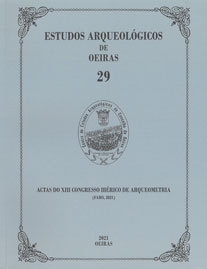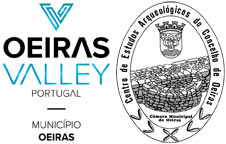Metodologías no invasivas aplicadas al estudio del retablo “La Virgen de la Sapiencia” (s. XVI)
Palavras-chave:
EDXRF, radiography, infrared photography, 16th century altarpieces, tempera painting on woodResumo
Non‑invasive analyzes have been carried out by infrared photography, energy dispersive x‑ray fluorescence (EDXRF) and radiography on the table) commissioned by the University of Valencia “La Virgen de la Sapiencia” (by Nicolás Falcó, 1516). The radiographic study revealed the structure and details of the painting scheme, alterations to the paint, and a construction technique typical of the 16th century and the Valencian school, using pine wood and the characteristic interior reinforcement system. Infrared photography has been shown as a very useful tool for the study of the underlying drawing of the work and has allowed the detection of early intervention zones, mainly in repainted areas, cracks, losses, and what is more important from the historiographic point of view in this work, modifications in the initial concept that the artist had: the incorporation of the Child in the lap of the Virgin instead of the sun present in the preparatory drawing of the table.
Finally, EDXRF analyses indicate that the tempera pigments are compatible with the palette available at the beginning of the 16th century.
Downloads
Publicado
Como Citar
Edição
Secção
Licença
Os artigos publicados são da exclusiva responsabilidade dos Autores.
É expressamente proibida a reprodução de quaisquer imagens sobre as quais
existam direitos de autor sem o prévio consentimento dos signatários dos artigos
respectivos.




